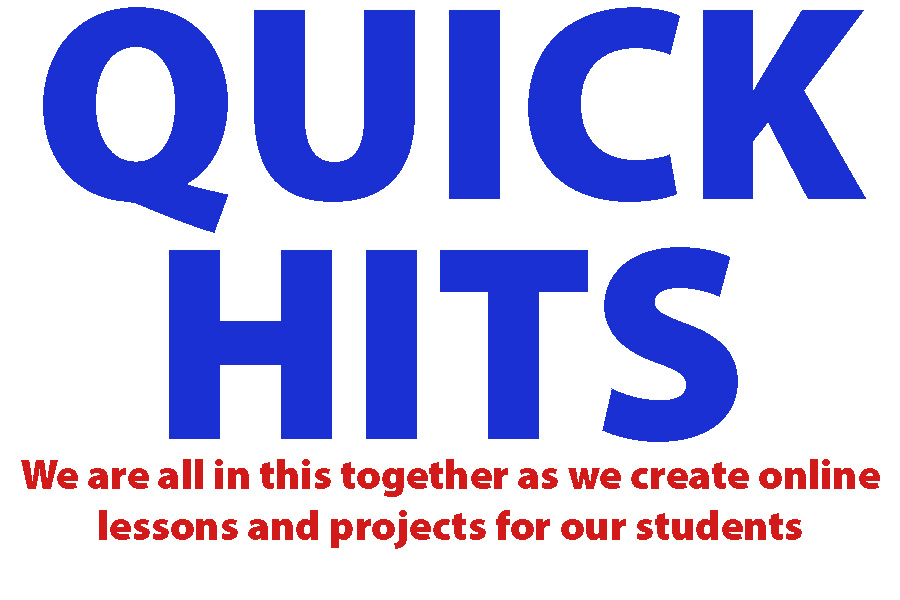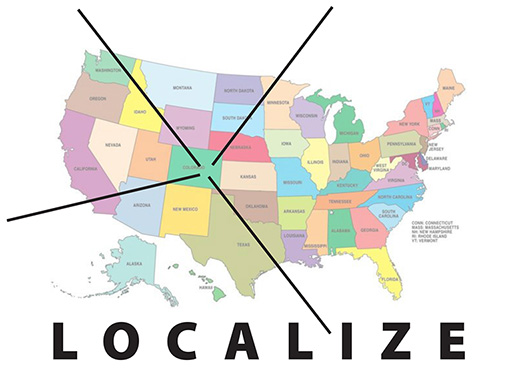Ever actually considered how much time our readers have to give our magazines or yearbooks, or even websites and Instagram feeds?
Professional papers would settle for 15 minutes of a reader’s day. Even the Sunday New York Times only hopes for about 48 minutes from a reader.
How many minutes would it take to read your whole print publication? According to Roy Peter Clark of the Poynter Institute for Media Studies, the average reading time (ART) is 200 words per minute. So a 400-word story might be thought of as a two-minute story, if you begin to think like a reader.
A 300-word story requires about 1.5 minutes ART. If we started thinking more in READERS’ terms, we would start thinking more about how much time a reader must invest to read a story or a sidebar or a caption or an entire spread.
Writing 300-word stories could be a manageable assignment for students in any ELA course, and certainly for media courses. These stories almost always include setting, always include a character and some sort of problem or challenge. Most even include some sort of resolution. This is not an investigative piece or a maestro package. Most of the time, one source is all students need. What better way to reinforce the basic concepts of story structure?
Your unit could take many forms, but here is one outline:
- Step 1: Share a few example stories from the professionals (or even from other students — see one collection of examples below).
- Step 2: Encourage some sort of online discussion (probably asynchronous) where students can discuss HOW these stories were constructed, what sorts of questions must have been asked, etc. This can also be done in a group, using Zoom or Skype for Business or something your district is offering for online video conferencing.
- Step 3: All these 300-word stories start with a character who is meaningful to the reporter (and who COULD be meaningful to the reader). Students pick someone… a neighbor, a friend, a family member (but not including in-person interviewing — that can return at some future point).
- Step 4: Students write a draft that focuses mostly on a STRONG START. No messing about. Drop readers into a scene right away. No dithering like, “I sat down to think of someone to interview for my 300-word story and found I had few options. I have been home watching my little sister the past week and am bored but tired. This assignment is the last thing I needed, but here goes. (Hey, and that’s 47 words, right there!)
- Step 5: Students share with you and editors (or in some form of writing group) via Drive or whatever software you are using to share text online.
- Step 6: Make it a competition, or promise to publish them all on a website or ISSUU or however you think works best (maybe on several platforms).
- Step 7: Ask students to choose two of their classmates’ stories and analyze them, looking for those four parts of a story (setting, character(s), conflict, resolution), discussing the effectiveness of the starts and stops, and considering the broader themes the story gets into.

And here is a document that highlights 300-word stories written by AP Language students at Rock Canyon HS. They were not journalism students and the original assignment was to support them finding ways to both control the scope of their writing and to produce something that included meaning. The assignment was part of a memoir unit, but the results were strong enough to warrant an ad hoc magazine, published locally. They were not journalism students, though some of them later joined the print newsmagazine staff.
Note that two of my favorite Brady Dennis stories, both featured on the nascent “Journalism with Jack” podcast, are on page 24 of the magazine.
Have something you could share with your friends around Colorado?
Send your quick online lesson to [email protected], with all the details (and files, if you can), and we will post it.




